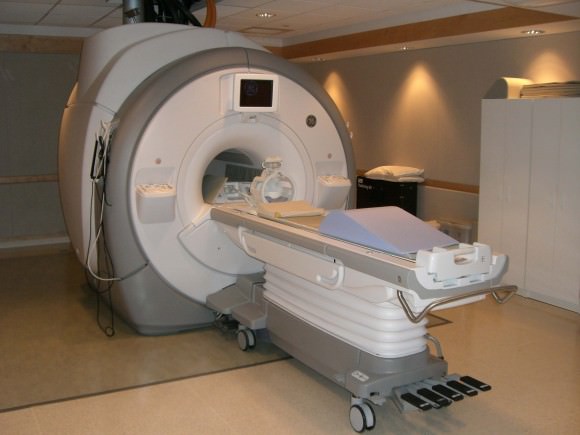With an annual cost of $30.8 million, the Keck Observatory costs $53.7 thousand for a single night’s worth of operation. It will cost the James Webb Space Telescope approximately $8.8 billion to reach orbit. And the Space Launch System that will carry the Orion capsule is expected to cost $38 billion.
Why should we be spending such a vast amount of money on astronomy? How is it useful and beneficial to society?
Astronomers face this question on a daily basis. Recently a ream of European astronomers have provided tangible answers relating advancements in astronomy to advancements in industry, aerospace, energy, medicine, international collaboration, everyday life and humankind.
“I get this question quite often,” Dr. Marissa Rosenberg, lead author on the paper, told Universe Today. “One very personal reason for writing this article is that I wanted to share with my parents (both business people) why what I am doing is important and a necessary facet of society.”
Today, millions of people across the world are affected by advances in astronomy.
Industry
— Your iPhone’s camera is a charge-coupled device (CCD) — an instrument, which converts the movement of electrical charge into a digital value. Originally developed for astronomy, CCD’s are now used in most cameras, webcams and cell phones.

— The computer language Forth, originally developed for the 36-foot telescope on Kitt Peak is now used by FedEx to track packages.
— AT&T uses IRAF — software written by the National Optical Astronomy Observatory — to analyze computer systems.
— Kodak film, originally created by astronomers studying the sun, is used extensively by the medical and industrial industries, photographers and artists.
Aerospace
— Space-based telescopes have advanced defense satellites, which require identical technology and hardware.
— Global Positioning System satellites rely on astronomical objects — quasars and distant galaxies — to determine accurate positions.
Energy
— Technology gained from imaging X-rays is now used to monitor fusion — where two atomic nuclei combine to form a heavier nucleus — that may prove to be our answer for clean energy.
Medicine

Astronomy struggles to see increasingly faint objects; Medicine struggles to see things obscured within the human body.
— Aperture synthesis — the process of combining data from multiple telescopes to produce a single image seemingly created from a telescope the size of the entire collection — first developed by a radio astronomer has been used for multiple medical imaging tools, including CAT scanners and MRIs.
— Building space-based telescopes requires an extremely clean environment in order to avoid dust particles from obscuring the mirrors or instruments. Similar methods and instruments are now used in hospitals and pharmaceutical labs.
International Collaboration
— Collaboration also inspires competition. The Space Race — a competition between the Soviet Union and the United States for supremacy in space exploration — landed Neil Armstrong, Michael Collins and Buzz Aldrin on the moon.
— Astronomy is a collaborative effort. In 1887 astronomers from around the world pooled their telescope images in order to create the first map of the entire sky. Today, astronomers travel around the globe to attend conferences, learn from one another, and utilize telescopes elsewhere.
Everyday Life
— Airports utilize advances in technology designed for astronomy. X-ray observatory technology is used in X-ray luggage belts. A gas chromatograph — an instrument designed for a Mars mission — is used to analyze luggage for explosives.
— Stephen Hawking’s “A Brief History of Time” has sold over 10 million copies. Carl Sagan’s television series “Cosmos: A Personal Voyage” has been watched in over 60 countries.
Humankind
“Perhaps the most important reason to study astronomy is that astronomy seeks to satisfy our fundamental curiosity about the world we live in, and answer the ‘big’ questions,” Dr. Rosenberg told Universe Today. “How was the universe created? Where did we come from? Are there other intelligent life forms?”
Every advance in astronomy moves society closer to being able to answer these questions. With advanced technology — increasingly complex CCDs and larger ground- and space-based telescopes — we have peered into the distant, early universe, we have searched for habitable worlds, and we have come to the conclusion that we, ourselves, are stardust.
“Astronomy constantly reminds people of two seemingly contradictory things. First that the universe is infinite and we are of but the tiniest fraction of importance. And Second that life is rare and precious. A home as beautiful and unique as earth does not come often. We must protect it.”
An upcoming version of this paper will not only cover the tangible aspects of astronomy discussed here, but also the intangible aspects of astronomy.
The paper has been accepted has been published on the International Astronomical Union website and is available for download here.

